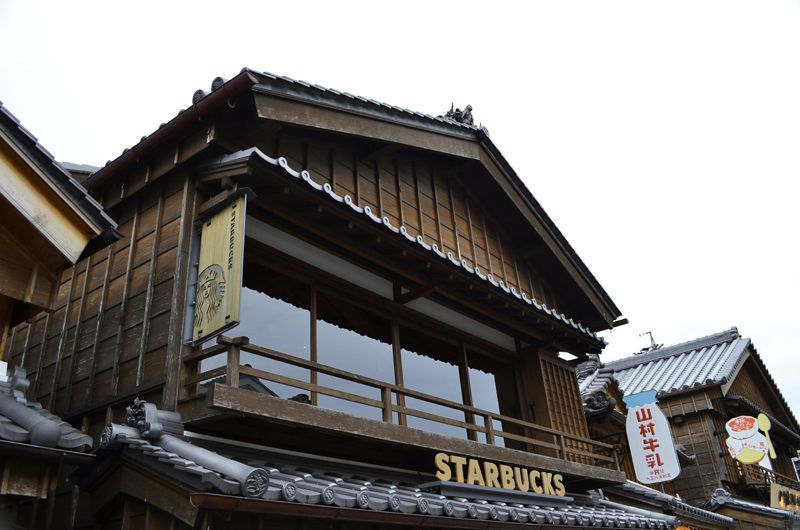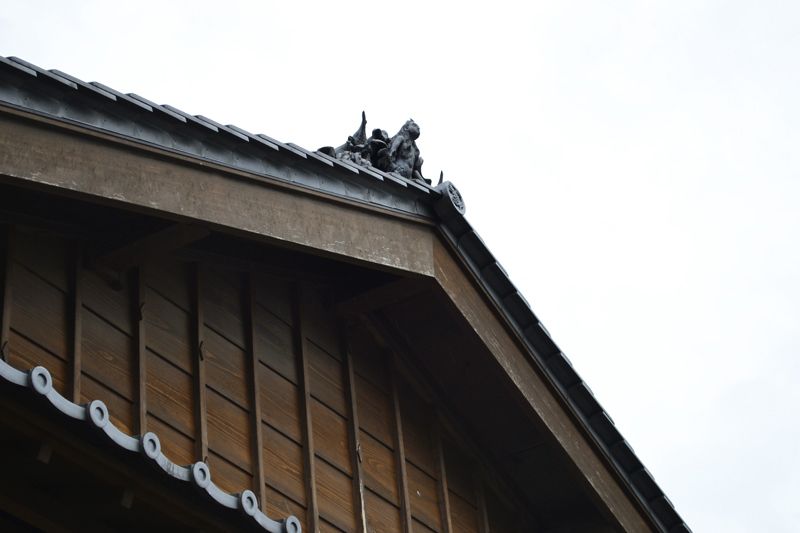Discover the Secret Power Spots Around Ise Jingu with a Rickshaw Ride
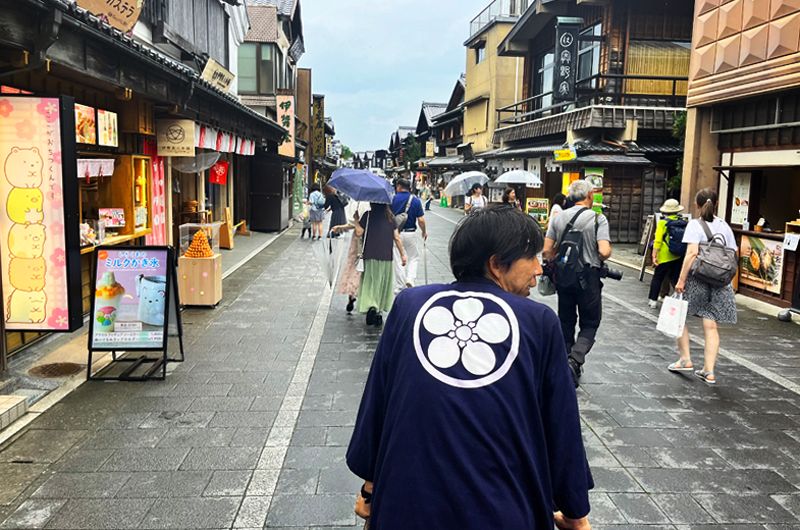
One of the best ways to get off the beaten track and learn more about the places that you visit in Japan is to take a rickshaw ride. I was lucky during my recent visit to Ise Jingu to experience this first-hand with a ride around the sacred shrine complex. Not only was it fun, but informative as well, as I could visit hidden spots that are not included in any travel guidebook. Join me as I share some of the secret power spots located around Ise Jingu, known as “The Soul of Japan.”
Written by John Asano
-Table of Contents-
・Traveling in Style with a Rickshaw
・Interesting Points of Interest
・Hidden Mountain Shrines
・Power Spots and Nature
・Oharaimachi Shopping Street
・Rickshaw Mitsuseya
・Information
・How to Get There
・Wrap Up
Traveling in Style with a Rickshaw
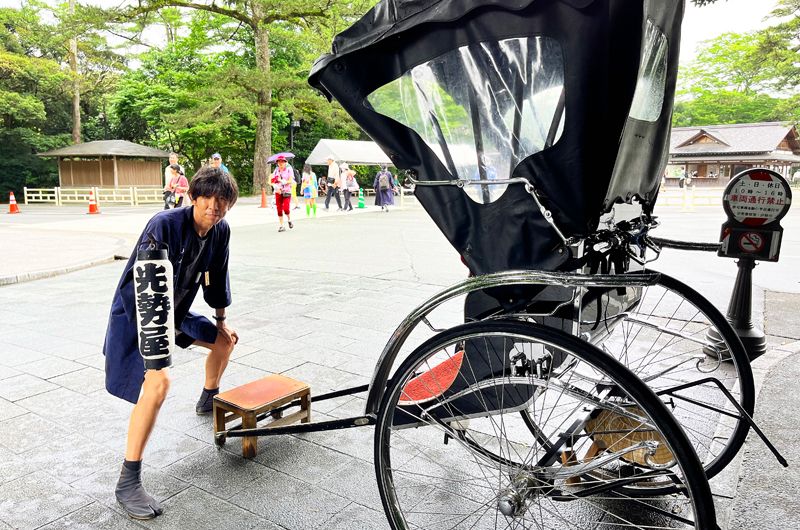
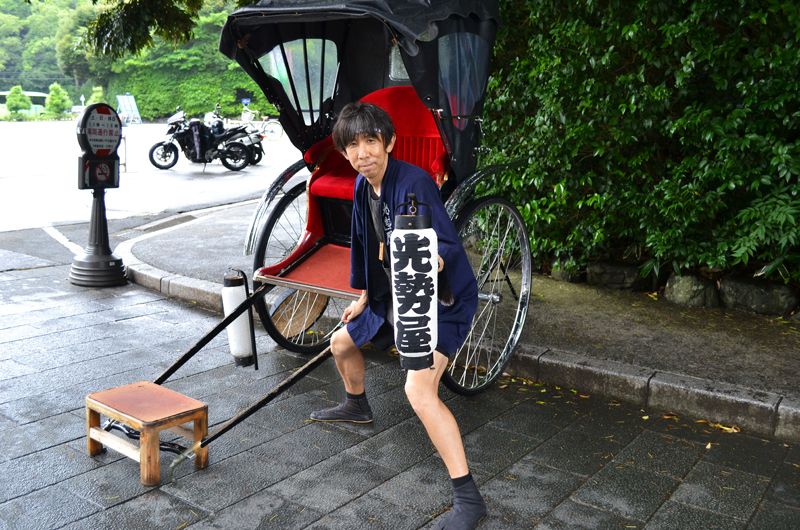
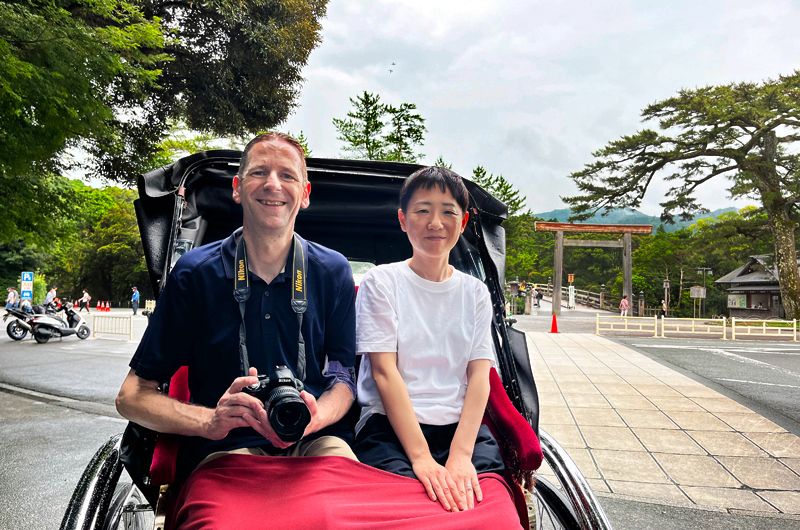
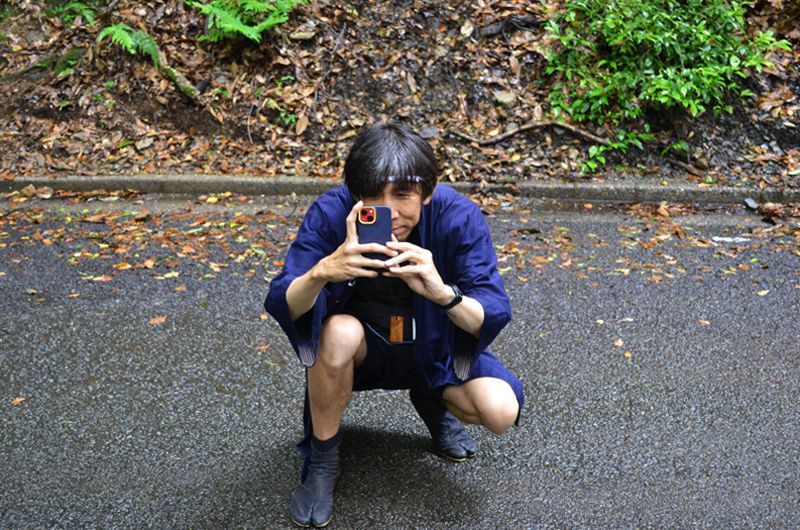
Interesting Points of Interest
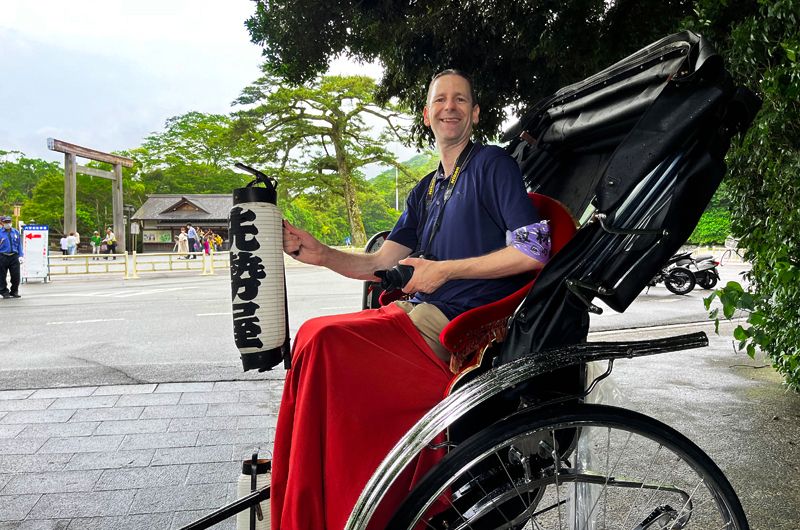
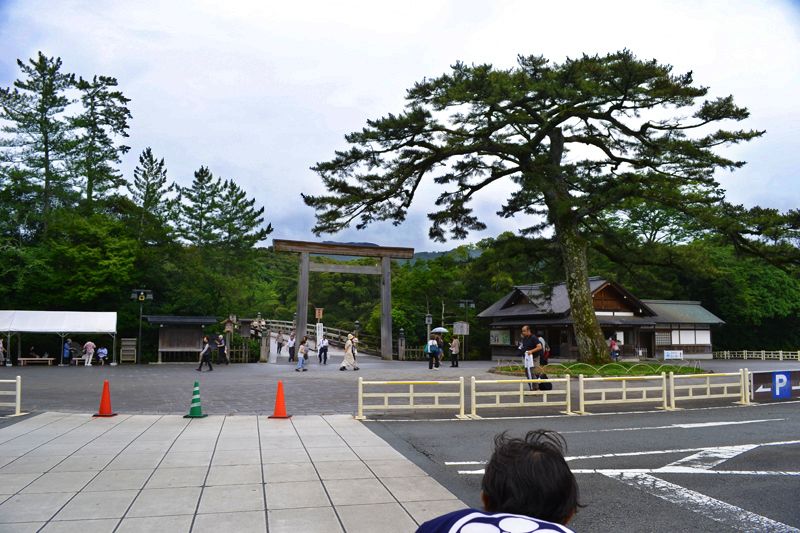
Hidden Mountain Shrines
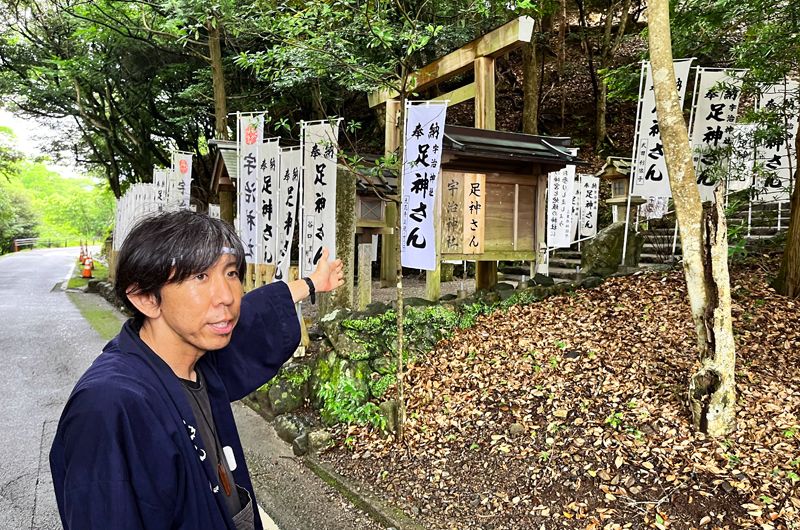
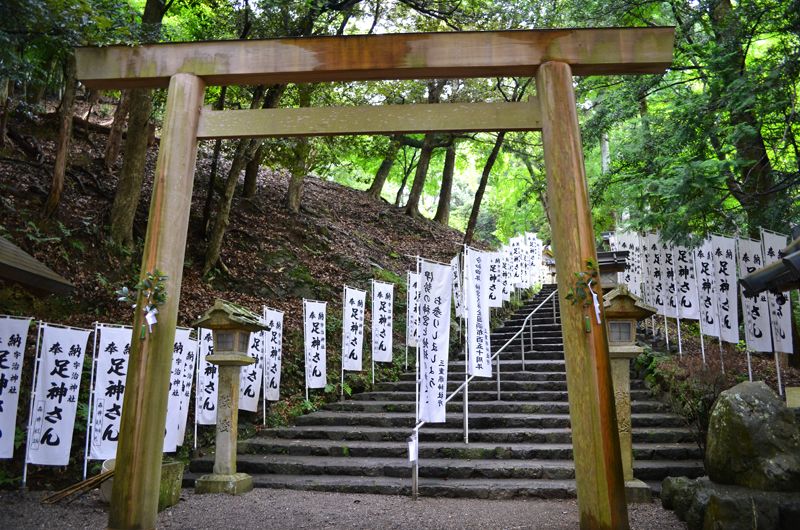
Power Spots and Nature
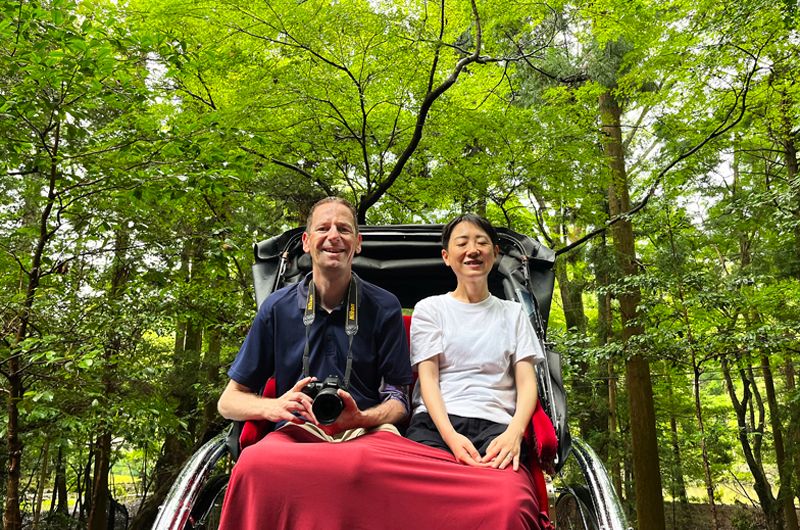
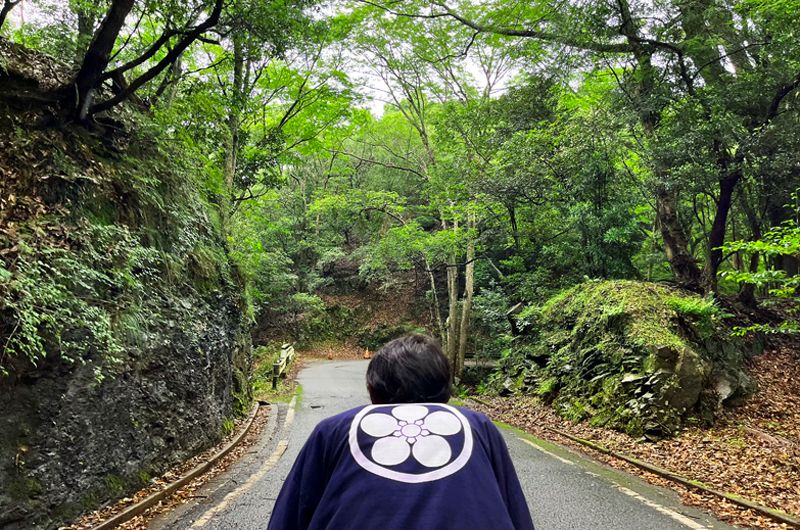
Oharaimachi Shopping Street
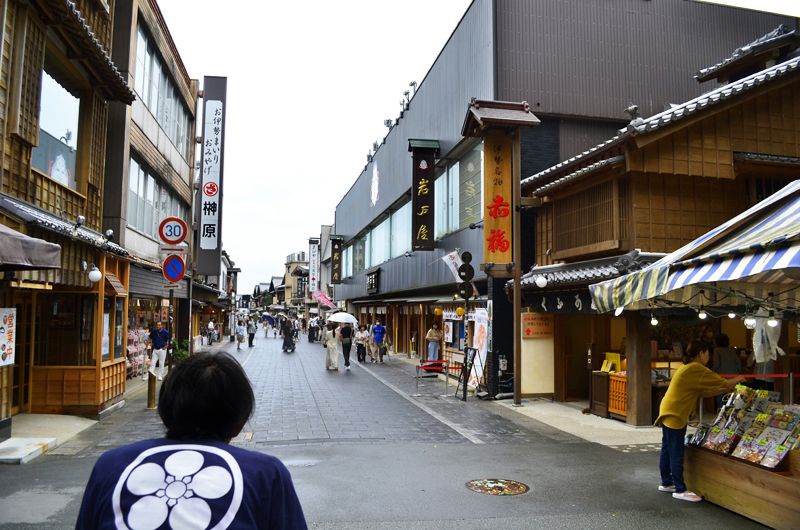
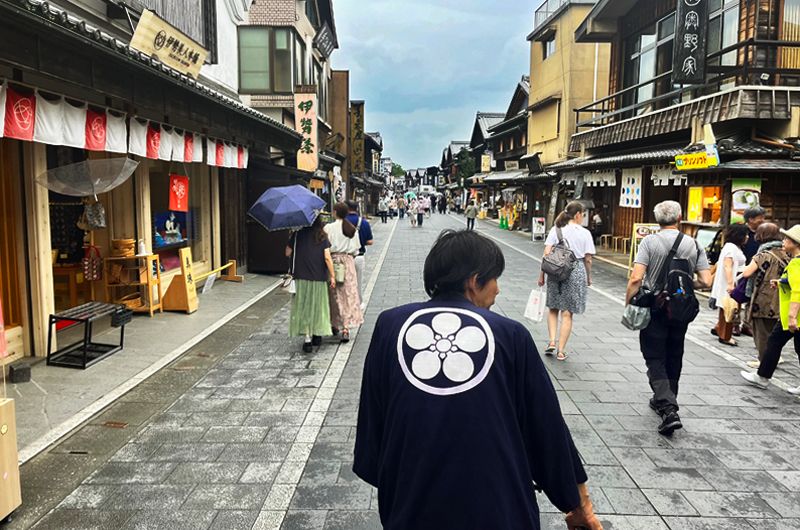
Another thing I noticed was how polite everyone was toward us and the driver of the rickshaw. People were kindly moving out of the way and complimenting us on how cool we looked in the rickshaw. It was an experience I really enjoyed, making me feel like a rock star.
As we passed the famous Starbucks in Oharaimachi, which is set in a traditional old wooden building, we stopped, and Ryu pointed out the mermaid on top of the building. Yes, that’s the Starbucks Siren on all the cups, I thought to myself. This is something I had missed earlier when walking around this area. The high ride of the rickshaw provides excellent views of Oharaimachi – spotting things you miss from walking on the road.
